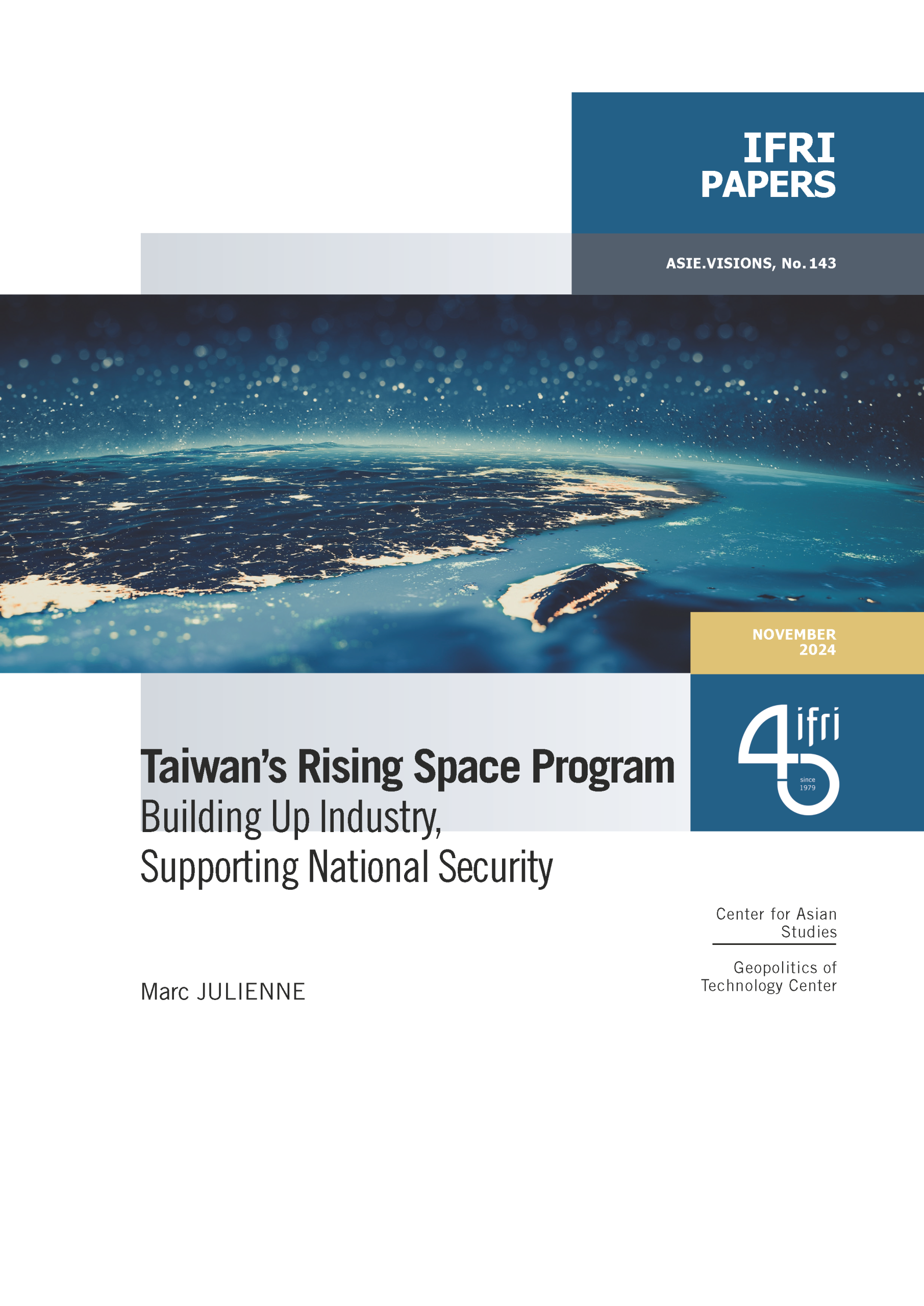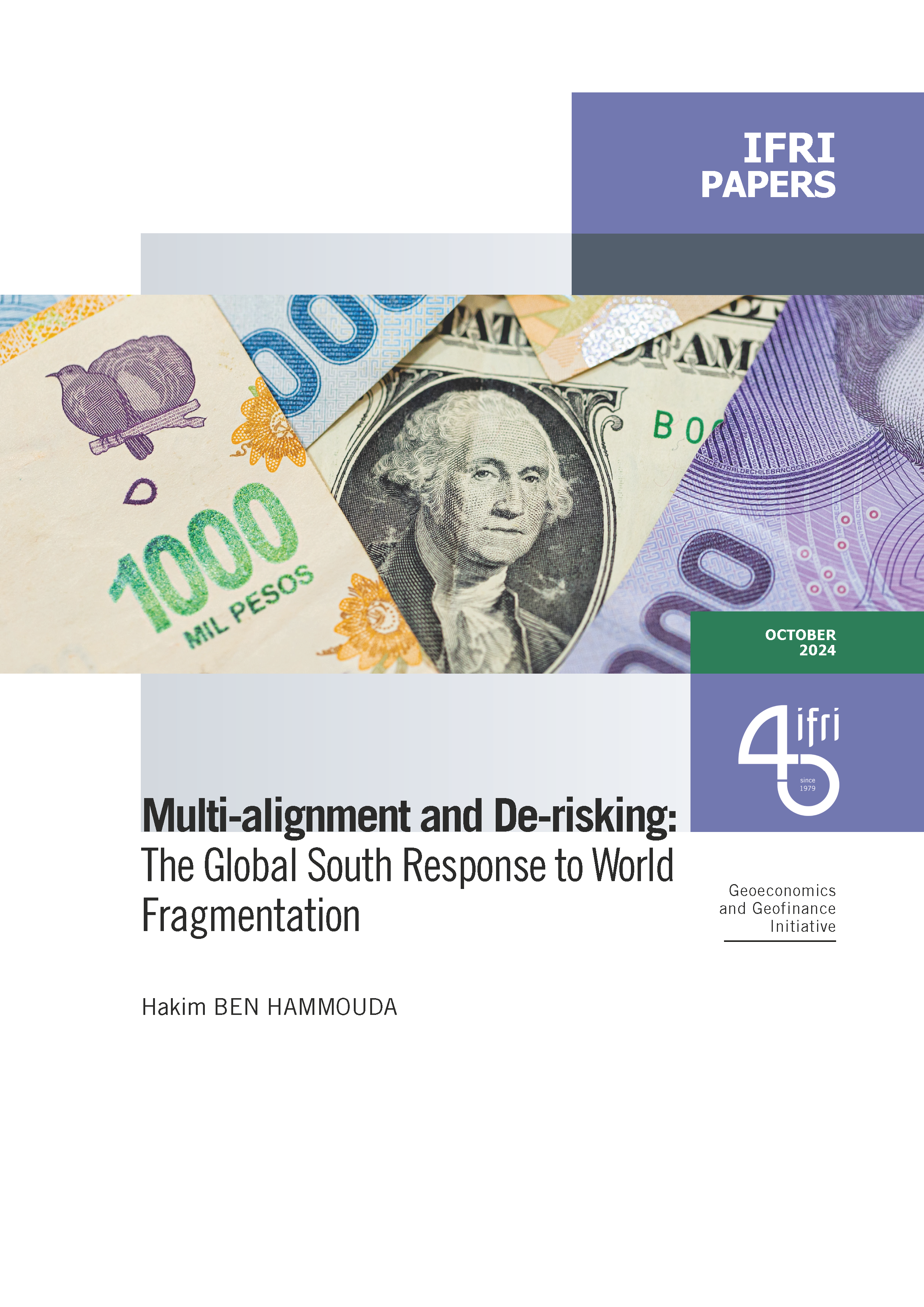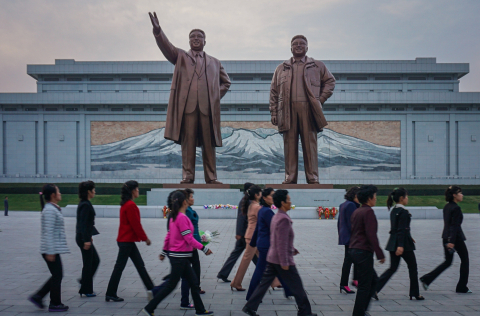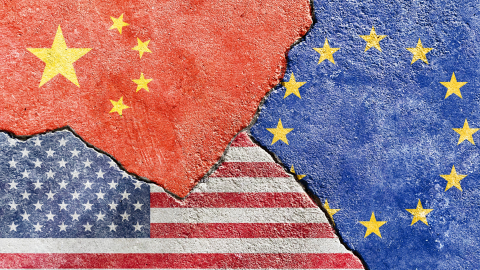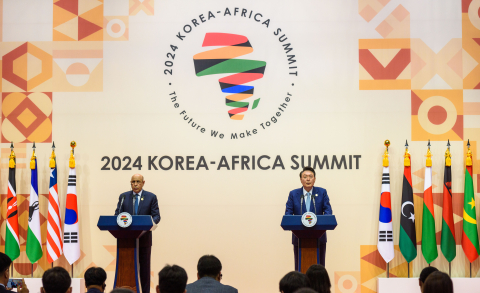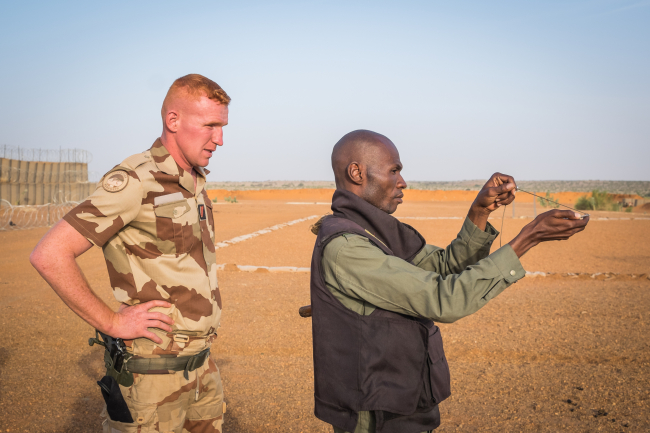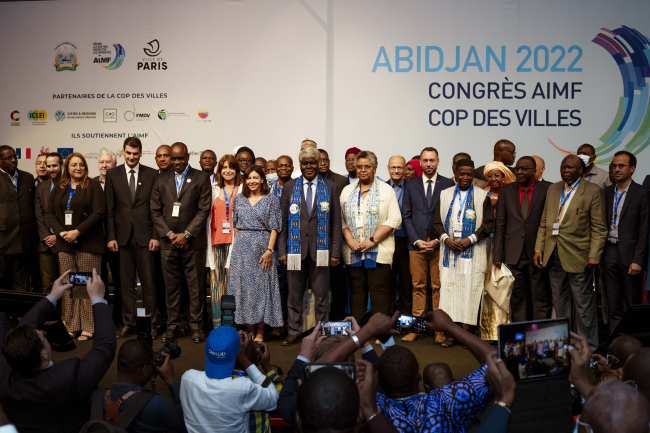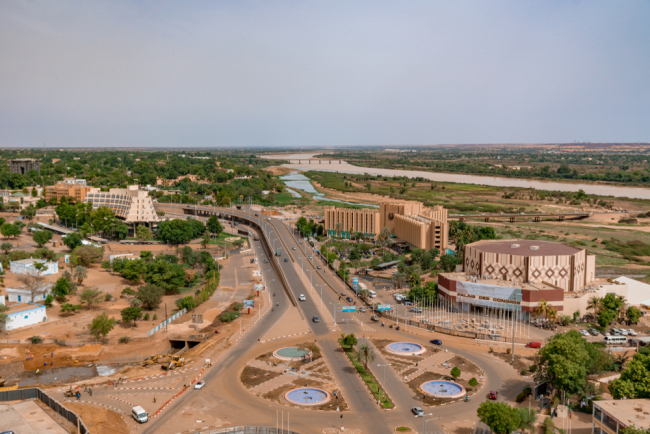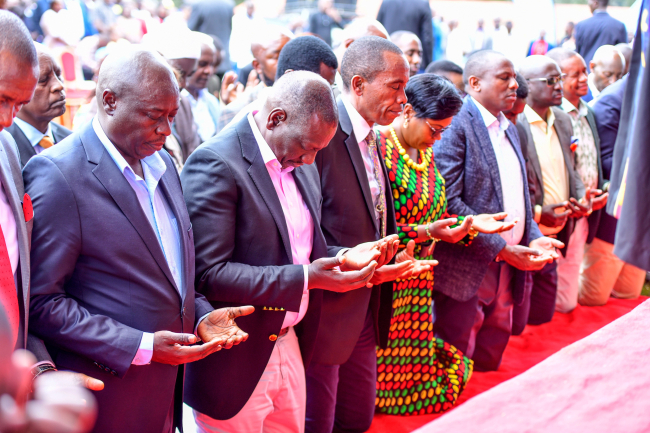Les Peuls Mbororo dans le conflit centrafricain
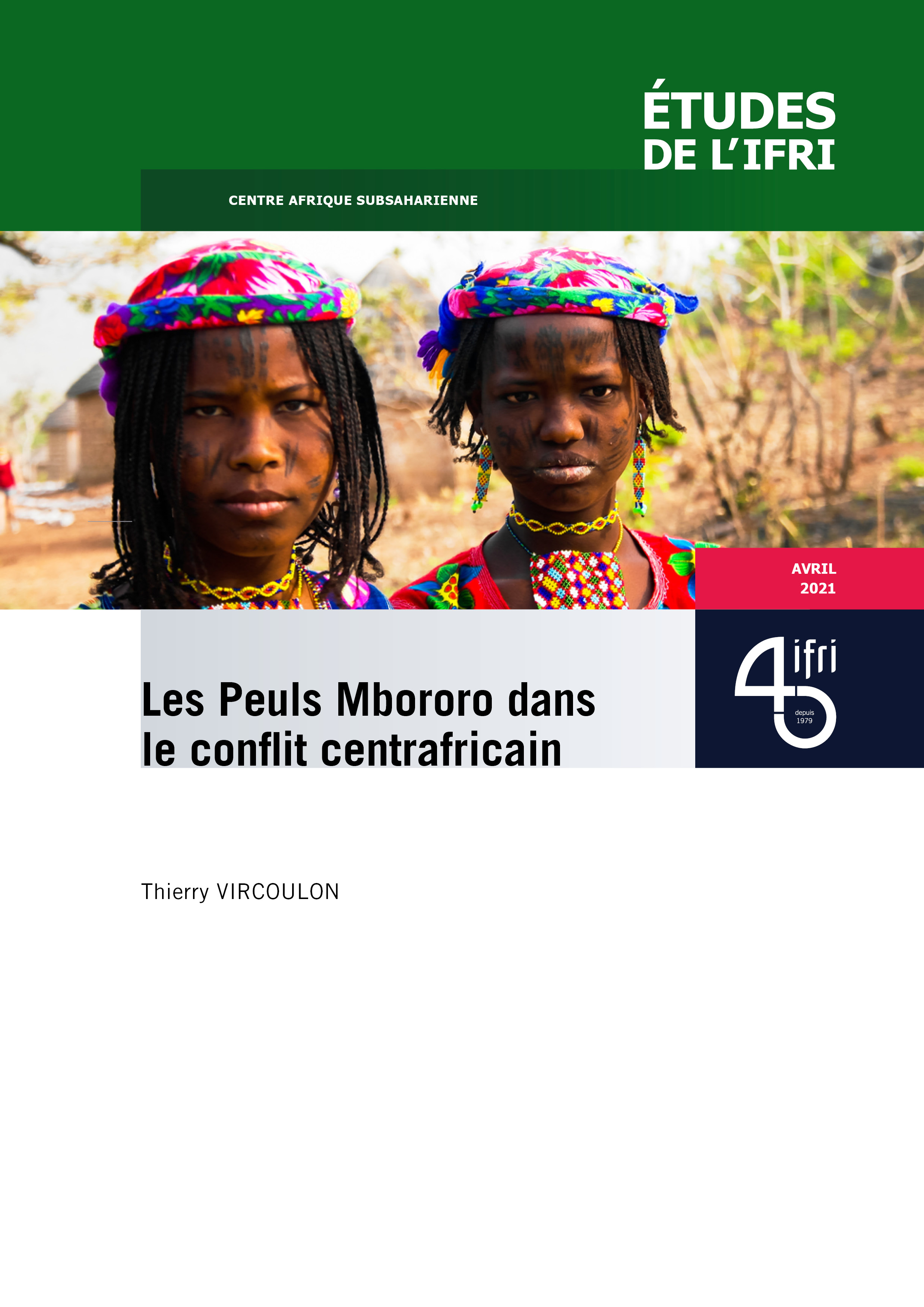
Face aux évolutions sociales et environnementales, les Peuls Mbororo, une population minoritaire en Centrafrique, jouent un rôle spécial dans le conflit centrafricain.
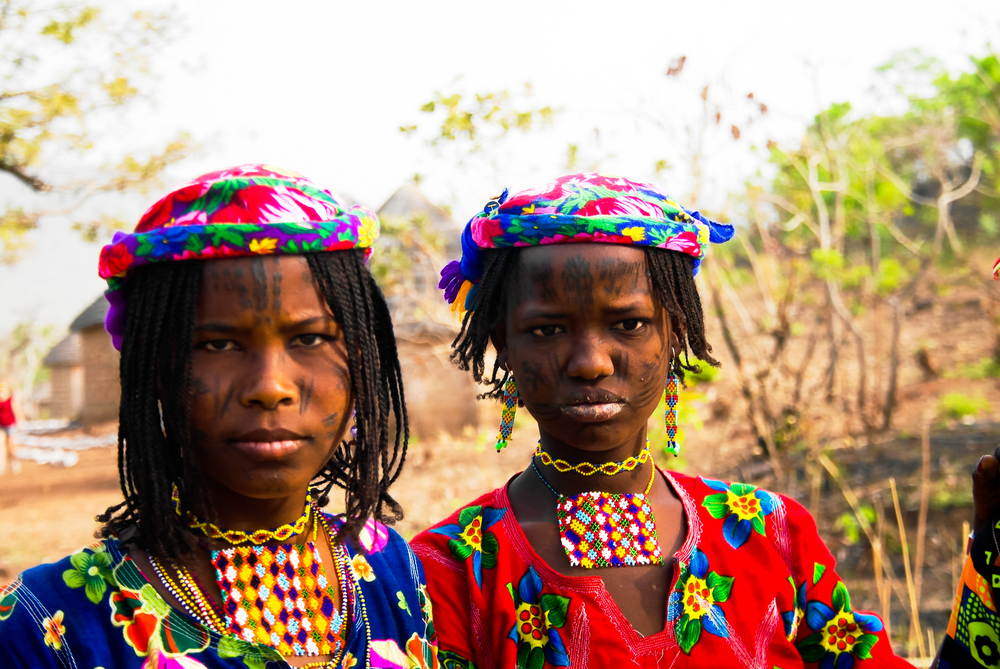
Dans la profondeur de la savane centrafricaine ont lieu depuis 40 ans des évolutions qui sont passées largement inaperçues et se sont révélées extrêmement déstabilisatrices. L’équilibre entre agriculture et élevage est devenu instable ; la pression humaine sur les ressources naturelles augmente dans le monde rural ; abandonnées par le gouvernement, les communautés ont pris l’habitude de défendre leurs intérêts les armes à la main ; l’administration et sa capacité d’arbitrage entre les intérêts des communautés ont disparu ; et une insécurité omniprésente transforme la brousse en une version africaine du Far West.
Chassés par les groupes anti-balaka en 2013/2014, les Peuls Mbororo, ces éleveurs nomades sont revenus sous la protection de leurs milices et s’efforcent de reprendre le contrôle des zones pastorales qui sont essentielles pour leur bétail et donc pour leur survie. La milicianisation des Mbororo et leur implication dans le banditisme rural sont les symptômes d’un profond désordre social et économique. Actuellement, leur pastoralisme armé entretient le cercle vicieux de la stigmatisation et de la violence et s’exporte avec l’ouverture d’un nouveau front pastoral problématique en République démocratique du Congo. À l’intérieur de la société mbororo, une confrontation inédite entre pouvoir milicien et pouvoir coutumier se développe proportionnellement à l’autonomisation et la consolidation des groupes armés. Le fait que deux mouvements armés peuls se rapprochent et se singularisent actuellement par leur opposition à l’accord de paix signé en 2019 accentue le sentiment anti-peul dans l’opinion publique centrafricaine qui les perçoit au mieux comme des « étrangers intérieurs » et au pire comme des « étrangers absolus » n’ayant pas le droit de résider en Centrafrique.

Available in:
Regions and themes
ISBN / ISSN
Share
Download the full analysis
This page contains only a summary of our work. If you would like to have access to all the information from our research on the subject, you can download the full version in PDF format.
Les Peuls Mbororo dans le conflit centrafricain
Related centers and programs
Discover our other research centers and programsFind out more
Discover all our analysesThe dilemma of the Franco-African military relationship: reinvent or turn the page?
The origins of military presence and cooperation in Africa can be traced back to the tacit decolonization pact between the countries of French-speaking Africa. This cooperation led to the creation of African armies in the former colonies, as part of a project to prevent the spread of communism and maintain France's influence in the newly independent countries.
The Evolution of City Diplomacy in Africa: Impact, Potential, and Ongoing Challenges of African Cities’ International Activities.
Over the past decades, African cities have ranked among the leading players in the evolution of city diplomacy. Indeed, municipalities across the continent have gone beyond simply adapting to shifting trends in international cooperation. They have been shaping the current partnership approach that sees local authorities worldwide working together to pursue shared goals and address common urban challenges such as climate change, migration, and social justice.
The High Authority for Peacebuilding (HACP) in Niger 2011-2023. Placing the State at the heart of conflict prevention and management.
Like other Sahelian countries, Niger has been affected by terrorism for almost two decades now. This issue has highlighted both the limits of these countries’ security systems and, more profoundly, their inability to offer stability to the populations of certain parts of the country. In a way, these “jihadized insurgencies” are a continuity of groups that regularly take up arms against central states.
Kenya’s Spiritual President and The Making of a Born-Again Republic: William-Ruto, Kenya’s Evangelicals and Religious Mobilizations in African Electoral Politics
Over the last two decade, the growing influence of Evangelicals and their leaders in electoral politics is one of the most significant developments in the East African region and the Horn of Africa. Their numerical and demographic growth seems to go together with their growing influence in these countries’ political scenes, especially in the spheres of electoral politics, society, and governance.


